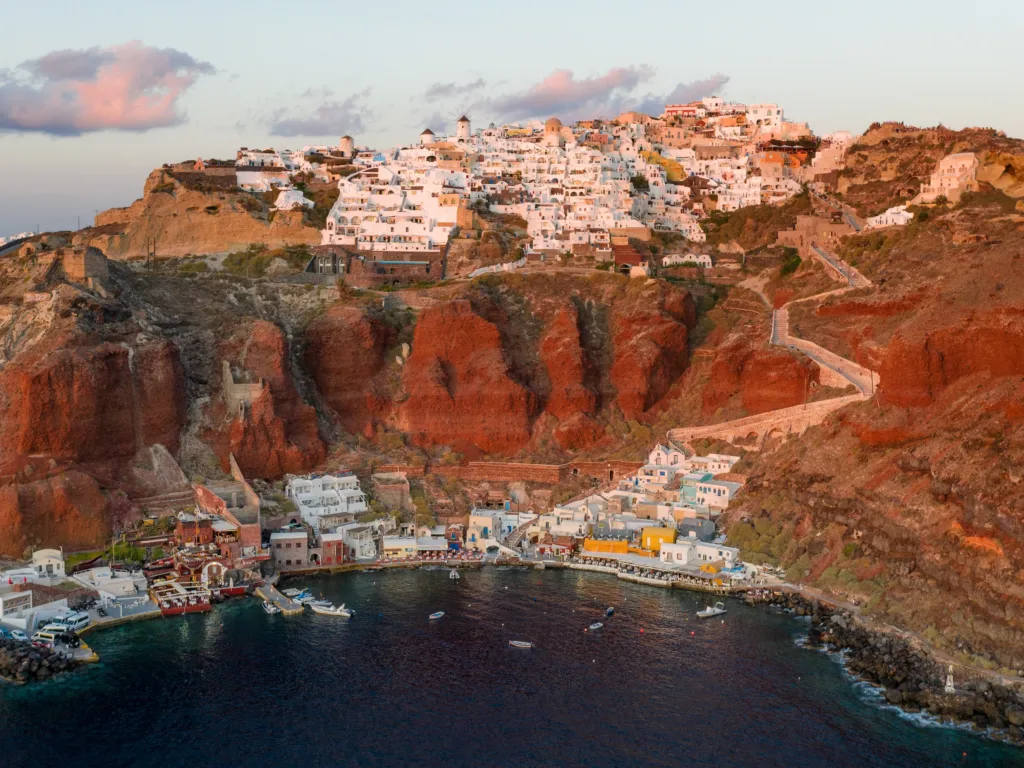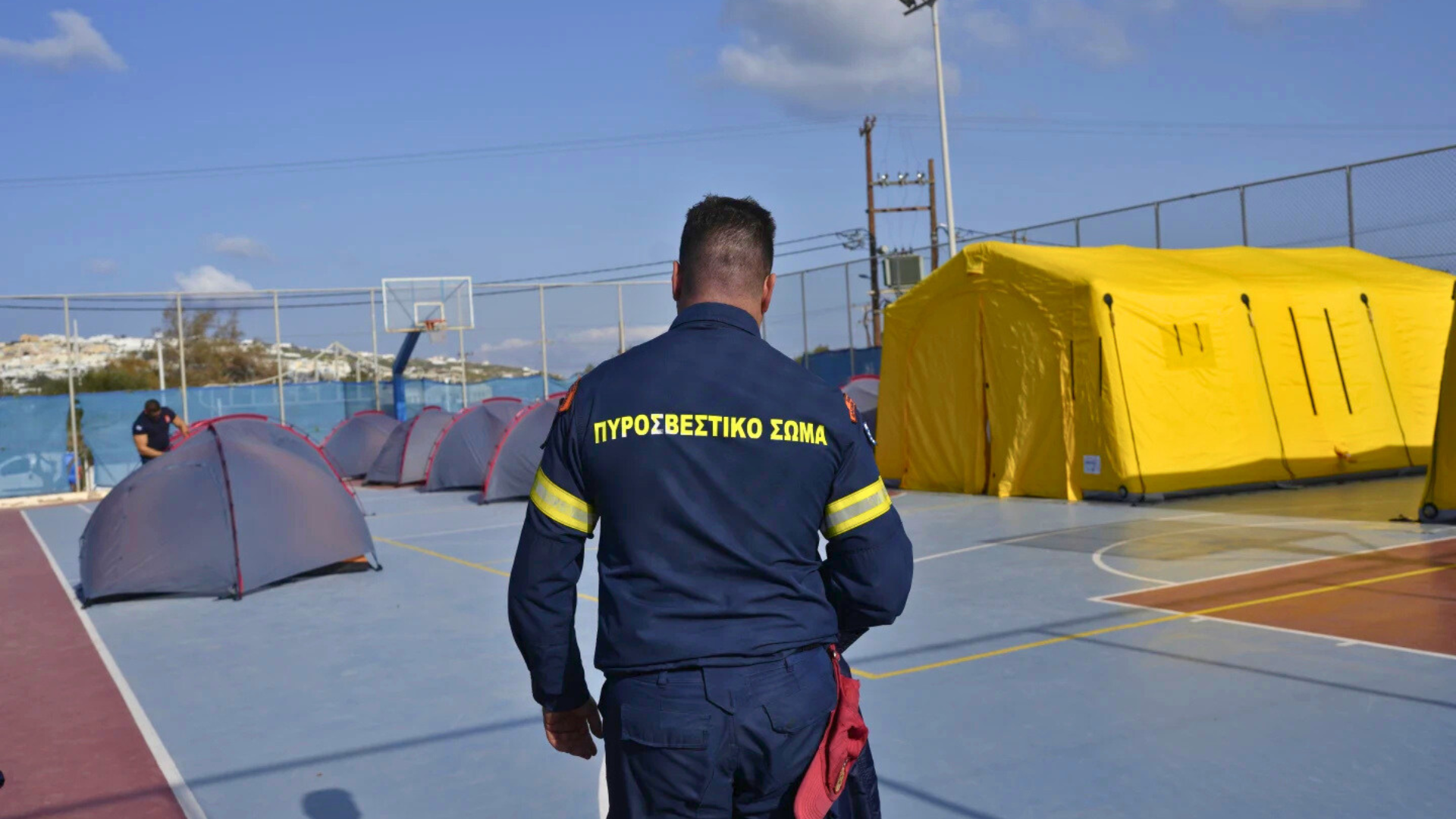Seismic activity on Santorini is expected to continue for an extended period, according to Professor Efthymios Lekkas, head of Greece’s Earthquake Planning and Protection Organisation.
In an interview with ERTNews, he stated, “It will be a prolonged sequence lasting several weeks, possibly even a few months. This type of seismic activity does not subside easily.”
The total number of tremors has already surpassed 20,000, and Lekkas warned that “the risk has not been eliminated, just as the risk is never zero anywhere in Greece.”
While a 6.0-magnitude earthquake remains possible, he stressed the likelihood is much lower.
A team from the Department of Geology at the National and Kapodistrian University of Athens (EKPA), led by Professor Manolis Vasilakis, has been stationed on Santorini since Saturday to assess the risk of landslides.

They are using advanced remote sensing technology to identify high-risk areas, as landslides are frequent on the island.
Meanwhile, seismic activity in the sea area of Anydros, between Santorini and Amorgos, is showing signs of recession, as reported by the Permanent Scientific Committee for Seismic Risk Assessment.
The committees also announced that schools on Santorini, Ios, Anafi, and Amorgos will remain closed until February 28, with further decisions to be made at the next meeting.
Seismic activity within the caldera remains stable, though a reduction in ground deformation rates has been observed.
Source: Ekathimerini.
